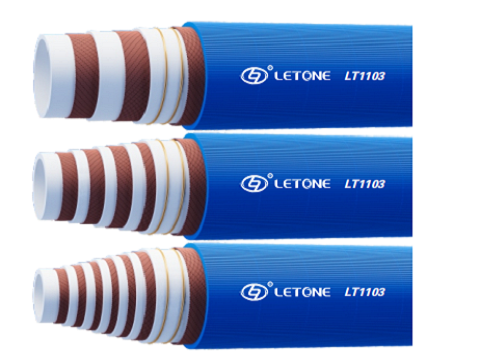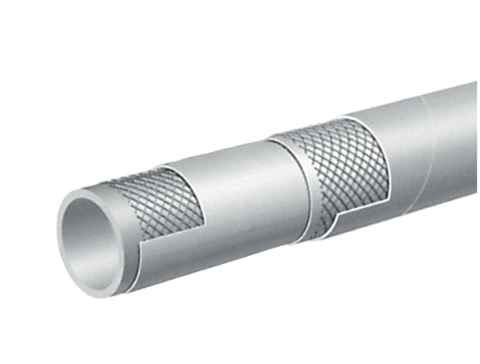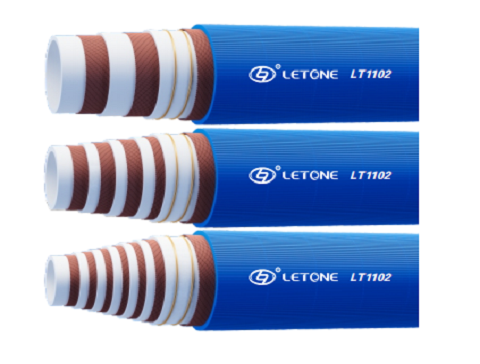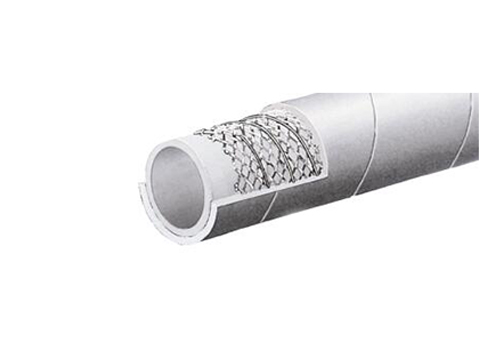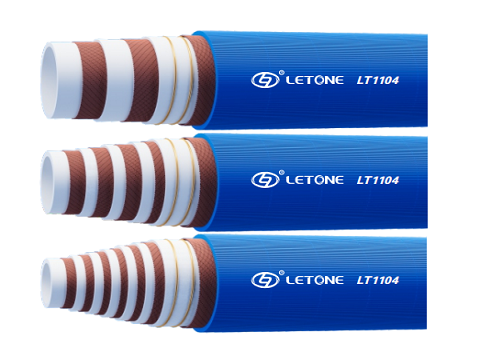The rubber hose used in cars is an important transmission device widely used in fields such as automotive engines, air conditioning systems, braking systems, hydraulic systems, etc. The specifications and models of rubber hoses are crucial for the normal operation of automobiles. This article will provide a detailed introduction to the classification, specifications, materials, and uses of rubber hoses. 1、 The classification of rubber hoses can be divided into the following types based on different usage environments and functions: oil pipes: hoses used to connect the engine and fuel tank, oil pumps, and oil filters. Hydraulic pipe: Used for hydraulic oil pipes, brake fluid pipes, etc. in automotive hydraulic systems. Air conditioning pipe: a hose used to connect the refrigeration medium, condenser, evaporator, compressor, and other parts of the automotive air conditioning system. Water pipe: a hose used to connect the water tank, water pump, radiator, intake duct, and other parts of the automotive cooling system. Air pipe: a hose used to connect the intake pipe, air filter, throttle valve, and other parts of the car's intake system. 2、 The specifications and models of rubber hoses are important parameters in automobile maintenance and repair, and different specifications and models play a very important role in the normal operation of automobiles.
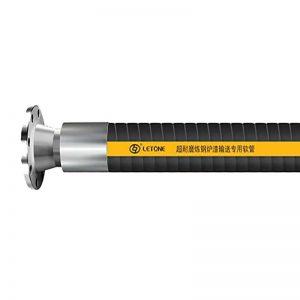 The specifications and models of rubber hoses are usually composed of parameters such as inner diameter, wall thickness, and length. Common specifications and models include: inner diameter: The inner diameter of rubber hoses refers to the diameter of the internal space of the hose, usually measured in millimeters (mm). Common inner diameters include 6mm, 8mm, 10mm, 12mm, 16mm, etc. Wall thickness: The wall thickness of a rubber hose refers to the thickness of the hose wall, usually measured in millimeters (mm). Common wall thicknesses include 1.5mm, 2mm, 2.5mm, 3mm, etc. Length: The length of rubber hoses is generally measured in meters (m), and common lengths include 0.5m, 1m, 1.5m, 2m, etc. Bending radius: The bending radius of rubber hoses refers to the minimum radius required for bending. Common bending radii include: 30mm, 50mm, 100mm, 150mm, etc. Pressure bearing capacity: The pressure bearing capacity of a rubber hose refers to the maximum pressure that the hose can withstand. Common pressure bearing capacities include 1.0MPa, 1.5MPa, 2.0MPa, 3.0MPa, etc. 3、 Material of rubber hose The material of rubber hose has an important impact on its service life and performance. Common rubber materials are: Butyl rubber, which has excellent oil resistance, abrasion resistance and cold resistance. Neoprene: It has excellent oil resistance, corrosion resistance and heat resistance. Ethylene propylene rubber: It has excellent heat resistance, cold resistance and abrasion resistance. Polyurethane: It has excellent wear resistance, oil resistance, and high temperature resistance. Fluorine rubber: It has excellent chemical corrosion resistance, high temperature resistance, and oil resistance. Different rubber materials have different characteristics and applicability, and the selection of rubber hose materials needs to be based on specific usage environments and needs. 4、 The purpose of rubber hoses for engine oil pipes: Rubber hoses are widely used in the lubrication system of automotive engines, connecting the hoses between the engine and the fuel tank, oil pump, and oil filter. Hydraulic oil pipes: Rubber hoses are also widely used in automotive hydraulic systems, such as brake fluid pipes, high-pressure hydraulic pipes, etc. Air conditioning system: Rubber hoses are also widely used in automotive air conditioning systems, such as refrigerant pipes, condenser pipes, evaporator pipes, etc. Cooling system: Rubber hoses are also widely used in automotive cooling systems, such as water pipes connecting water tanks, water pumps, radiators, air intakes, and other parts. Air intake system: Rubber hoses are also widely used in automotive air intake systems, such as connecting air ducts, air filters, throttle valves, and other parts. In short, rubber hoses play a very important role in the manufacturing and maintenance of automobiles, and the selection of their specifications, materials, uses, and other aspects will have an impact on the performance and safety of automobiles. Therefore, when selecting rubber hoses, it is necessary to choose them based on specific needs and environments to ensure that the quality and performance of the hoses meet the requirements of the car.
The specifications and models of rubber hoses are usually composed of parameters such as inner diameter, wall thickness, and length. Common specifications and models include: inner diameter: The inner diameter of rubber hoses refers to the diameter of the internal space of the hose, usually measured in millimeters (mm). Common inner diameters include 6mm, 8mm, 10mm, 12mm, 16mm, etc. Wall thickness: The wall thickness of a rubber hose refers to the thickness of the hose wall, usually measured in millimeters (mm). Common wall thicknesses include 1.5mm, 2mm, 2.5mm, 3mm, etc. Length: The length of rubber hoses is generally measured in meters (m), and common lengths include 0.5m, 1m, 1.5m, 2m, etc. Bending radius: The bending radius of rubber hoses refers to the minimum radius required for bending. Common bending radii include: 30mm, 50mm, 100mm, 150mm, etc. Pressure bearing capacity: The pressure bearing capacity of a rubber hose refers to the maximum pressure that the hose can withstand. Common pressure bearing capacities include 1.0MPa, 1.5MPa, 2.0MPa, 3.0MPa, etc. 3、 Material of rubber hose The material of rubber hose has an important impact on its service life and performance. Common rubber materials are: Butyl rubber, which has excellent oil resistance, abrasion resistance and cold resistance. Neoprene: It has excellent oil resistance, corrosion resistance and heat resistance. Ethylene propylene rubber: It has excellent heat resistance, cold resistance and abrasion resistance. Polyurethane: It has excellent wear resistance, oil resistance, and high temperature resistance. Fluorine rubber: It has excellent chemical corrosion resistance, high temperature resistance, and oil resistance. Different rubber materials have different characteristics and applicability, and the selection of rubber hose materials needs to be based on specific usage environments and needs. 4、 The purpose of rubber hoses for engine oil pipes: Rubber hoses are widely used in the lubrication system of automotive engines, connecting the hoses between the engine and the fuel tank, oil pump, and oil filter. Hydraulic oil pipes: Rubber hoses are also widely used in automotive hydraulic systems, such as brake fluid pipes, high-pressure hydraulic pipes, etc. Air conditioning system: Rubber hoses are also widely used in automotive air conditioning systems, such as refrigerant pipes, condenser pipes, evaporator pipes, etc. Cooling system: Rubber hoses are also widely used in automotive cooling systems, such as water pipes connecting water tanks, water pumps, radiators, air intakes, and other parts. Air intake system: Rubber hoses are also widely used in automotive air intake systems, such as connecting air ducts, air filters, throttle valves, and other parts. In short, rubber hoses play a very important role in the manufacturing and maintenance of automobiles, and the selection of their specifications, materials, uses, and other aspects will have an impact on the performance and safety of automobiles. Therefore, when selecting rubber hoses, it is necessary to choose them based on specific needs and environments to ensure that the quality and performance of the hoses meet the requirements of the car.

